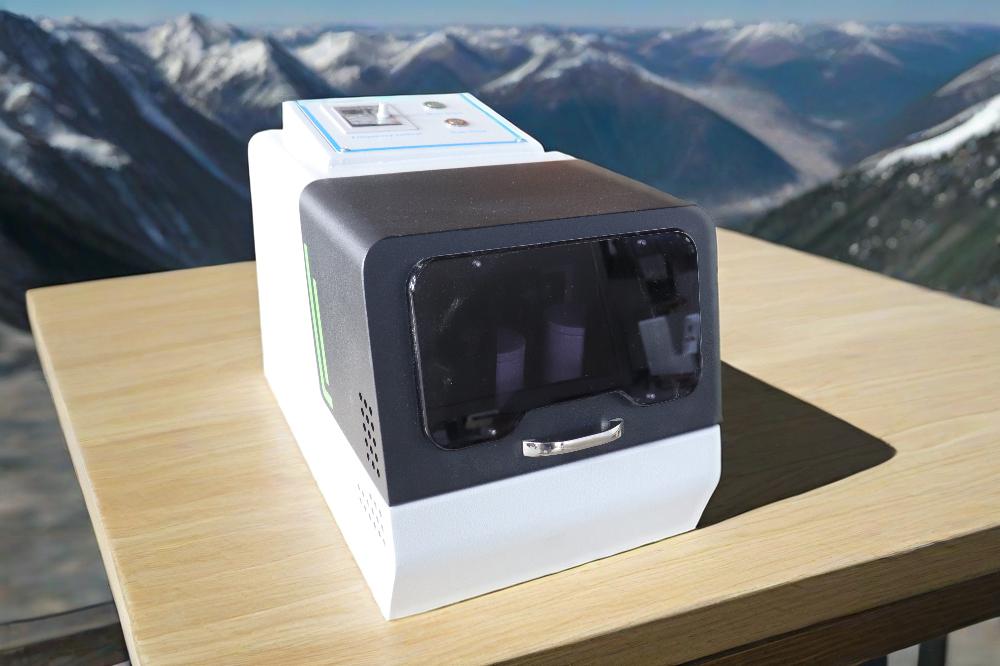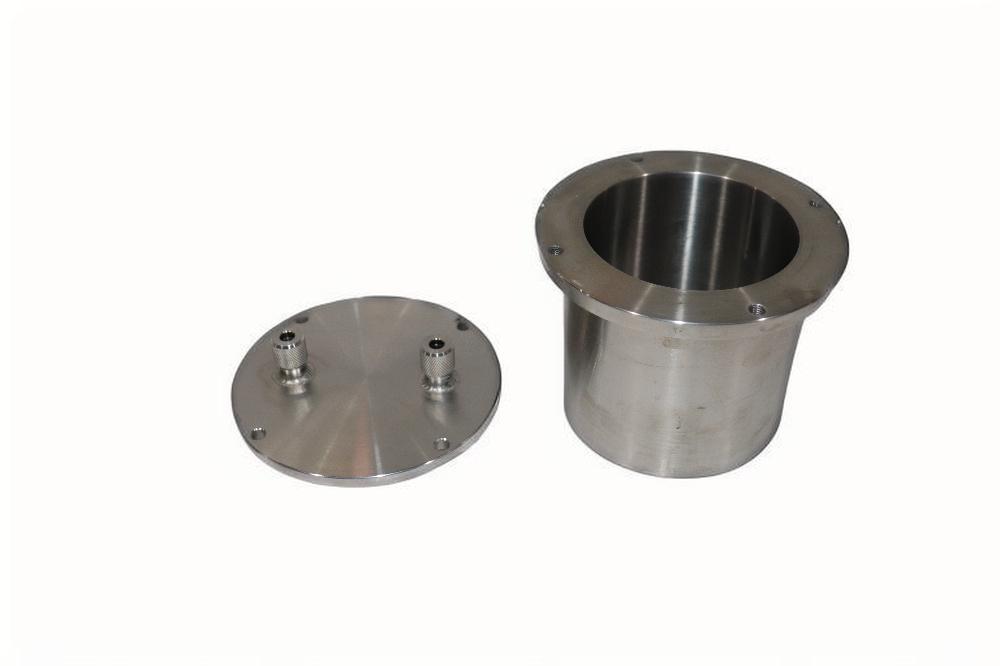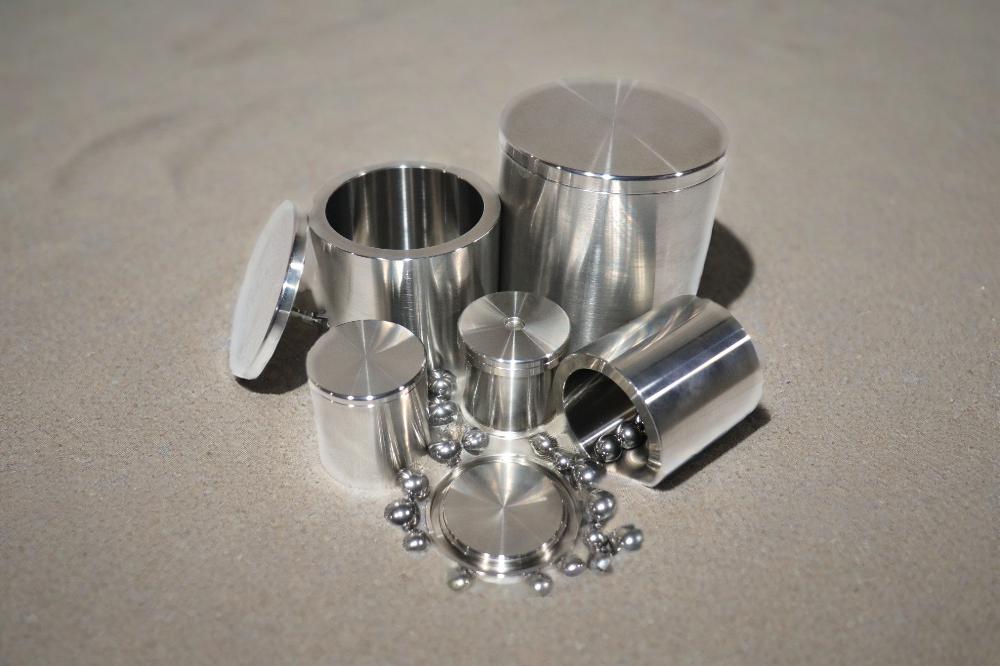Historical Background of Laboratory Ball Mill Machine
Origin:
The Laboratory Ball Mill can be traced back to the Industrial Revolution in the 18th century. At that time, based on the development of science and technology, there was a huge demand for ore and a surge in the demand for ore crushing.
At the end of the 19th century, ball mills were introduced into laboratories for homogenization and crushing of various materials and research.
Modern Evolution:
After entering the 20th century, materials science entered a stage of rapid development, and TENCAN developed technologies such as controllable speed and vacuum grinding.
Nowadays, ball mills are widely used in fields such as nanomaterials and pharmaceuticals. Large planetary ball mills, drum ball mills, stirring mills, etc. can be used for large grinding volumes. Mini laboratory ball mills are generally used for small batch grinding in laboratory conditions.
Core Advantages of TENCAN Ball Mill
High control accuracy: digital display of speed/time, error rate <1%.
Multi-functional adaptation: dry grinding, wet grinding, vacuum grinding, cryogenic grinding, etc. (optional refrigeration module).
Safety Design: TENCAN's ball mill is specially designed with external protective cover and explosion-proof tank, automatic power-off protection.
Silent technology: noise control <50 decibels, suitable for quiet laboratory environment.
Interesting story
"Great inventions come from unexpected reasons":
In the 1950s, a laboratory accidentally synthesized a new type of ceramic material due to over-grinding due to negligence, which was widely used in the aerospace field.
About the Nobel Prize:
A Nobel Prize winner in chemistry accidentally prepared a graphene derivative using a laboratory ball mill.
Application scenarios (solving specific problems)
Material science: preparation of nanoparticles (such as TiO₂, quantum dots).
Pharmaceuticals: micronization of active pharmaceutical ingredients (API).
Geology: pollution-free crushing of meteorite or ore samples.
Environmental protection: recycling of electronic waste (such as separation of lithium battery materials).
Technical parameters (professional and reliable)
Parameters Specifications
Volume 50mL–10L (customizable up to 20L)
Speed 50–1000 RPM (stepless speed regulation)
Power 200W–2.2kW
Material Stainless steel/PTFE/zirconia (optional)
Standard certification CE, ISO 9001, RoHS

Reasons to buy TENCAN ball mill
Efficiency improvement: Compared with the traditional manual grinding speed, TENCAN ball mill can complete the work of 8 hours of traditional manual grinding in 1 hour.
Cost saving: The motor has a long service life (>10 years under normal use) and a long replacement cycle for consumables.
Repeatable data: Precise control ensures experimental consistency and is suitable for publishing papers.
After-sales guarantee: 48-hour global response and free technical training.
Competitive Advantages
Function Our Model X Competitive A (no specific reference) Competitive B (no specific reference)
Maximum speed 1000 RPM 800 RPM 1200 RPM
Noise level <50 dB 65 dB 55 dB
Intelligent control Support APP Panel operation only External computer required
Price $$$ (high cost performance) $$$$ (high-end) $$ (low-end)
Brand endorsement (building trust)
Authoritative cooperation: customers include Tsinghua University, Peking University, Chinese Academy of Sciences, China Aerospace, BYD, Huawei, Foxconn, German Aerospace Center, Harvard University, etc.
Patented technology: Owns more than 40 core patent technologies with independent intellectual property rights. The company has passed ISO9001 quality management system, CE, SGS and other system certifications.
Customer Testimonials: Exported to 60+ countries
1. Select materials according to sample properties
(1) Metal cans
Stainless steel (304)
Applicable scenarios: Conventional metals, ores, soils and other hard materials that do not need to consider metal contamination.
Advantages: High can strength, impact resistance, low price, easy to clean.
Note: There may be iron/chromium contamination, not suitable for grinding metal-sensitive samples (such as lithium battery materials).
Tungsten carbide (WC)
Applicable scenarios: Suitable for grinding superhard materials (such as silicon carbide, ceramics).
Advantages: Extremely wear-resistant, long service life of the can and grinding balls.
Disadvantages: High price, may have trace tungsten contamination.
(2) Non-metal cans
Zirconium oxide (ZrO₂)
Applicable scenarios: Nanomaterials, medicines, samples without metal contamination requirements.
Advantages: High hardness (Mohs 8.5), chemical inertness, corrosion resistance.
Disadvantages: High brittleness, avoid severe impact.
Polytetrafluoroethylene (PTFE)
Applicable scenarios: strong acid/alkaline environment (such as corrosive chemical reagents).
Advantages: corrosion resistance, zero pollution.
Disadvantages: poor wear resistance, only suitable for soft materials.
Nylon (PA)
Applicable scenarios: food, biological samples (such as plant tissues).
Advantages: light, anti-cross contamination.
Disadvantages: easy to deform after long-term use.

2. Choose the design according to the grinding method
Dry grinding vs wet grinding
Wet grinding tank: requires a sealed and leak-proof design with a liquid injection hole (such as a zirconium oxide tank + rubber sealing ring).
Dry grinding tank: ordinary sealing is sufficient, pay attention to dust prevention (such as stainless steel tank).
Vacuum/inert gas grinding
A special vacuum tank is required (such as a stainless steel tank with a vacuum valve) to avoid sample oxidation.
3. Select the volume according to the scale of the experiment
Tank volume Applicable scenarios
50–250 mL Trace samples (such as precious metals, nanomaterials)
500 mL–1 L Conventional laboratory research
2–10 L Pilot production or batch preparation

4. Other key factors
Grinding ball matching: The tank material must be consistent with the grinding ball material (such as zirconia tank with zirconia balls).
Temperature sensitivity: High-temperature grinding requires heat-resistant materials (such as tungsten carbide tanks can withstand 300°C).
Cleaning requirements: It is recommended to choose smooth inner walls that are easy to clean (such as stainless steel or zirconium oxide) in the pharmaceutical/food field.
Common error avoidance guide
❌ Misunderstanding 1: Only use the most expensive material (such as tungsten carbide to grind soft samples, wasting costs).
❌ Misunderstanding 2: Ignoring the risk of contamination (such as using stainless steel tanks to grind lithium battery positive electrode materials, resulting in iron impurity doping).
✅ Correct approach: Do a small test first to confirm material compatibility!
Call to Action (CTA)
Consult now for your exclusive guide
Email: tencan-ballmill@outlook.com
Whatsapp:8619974909729

